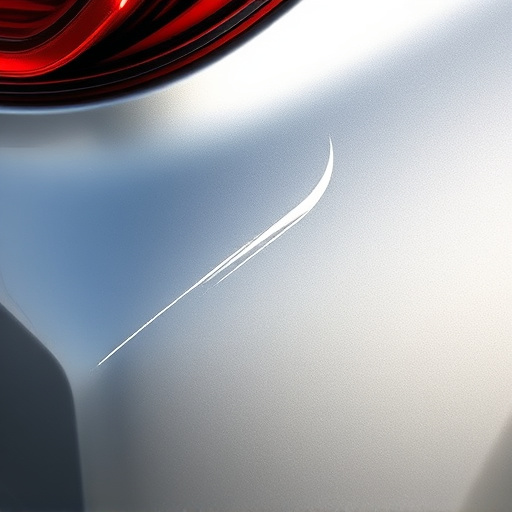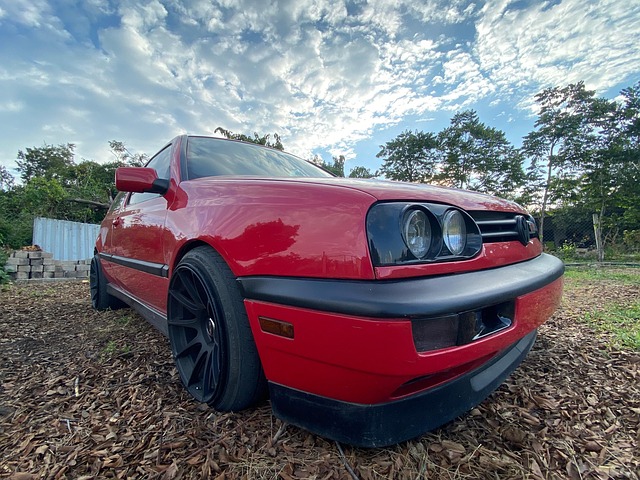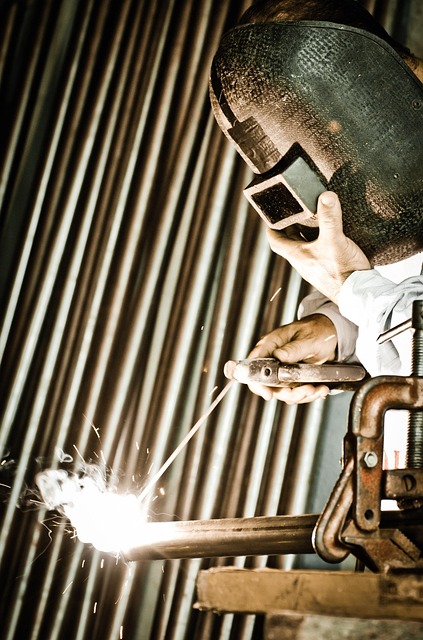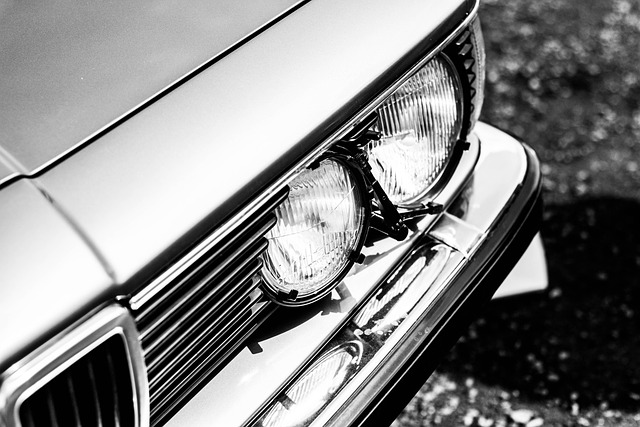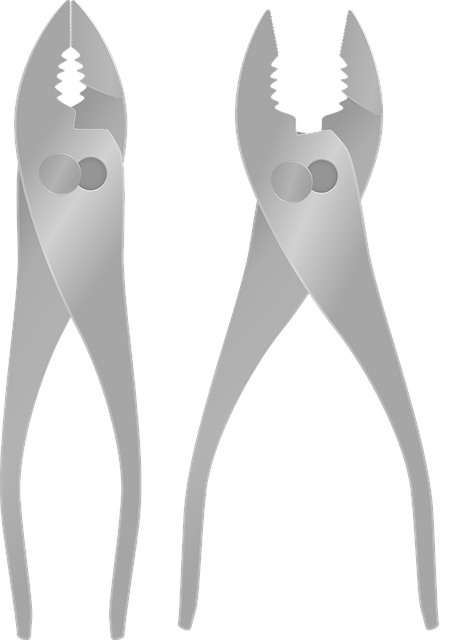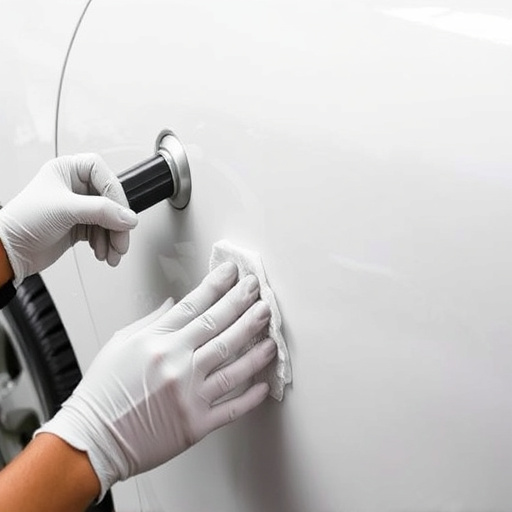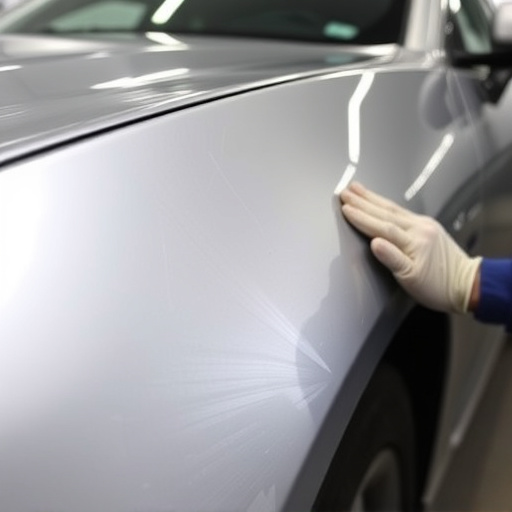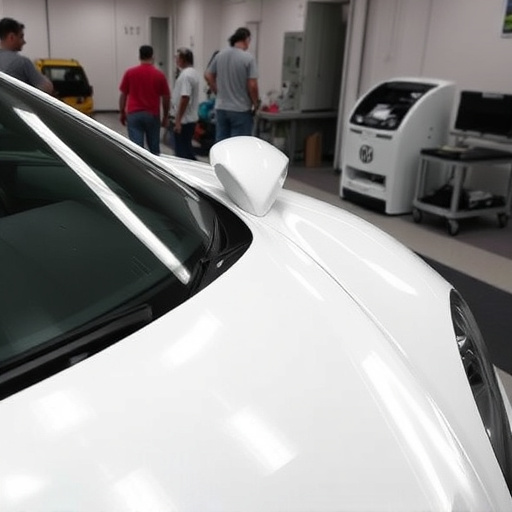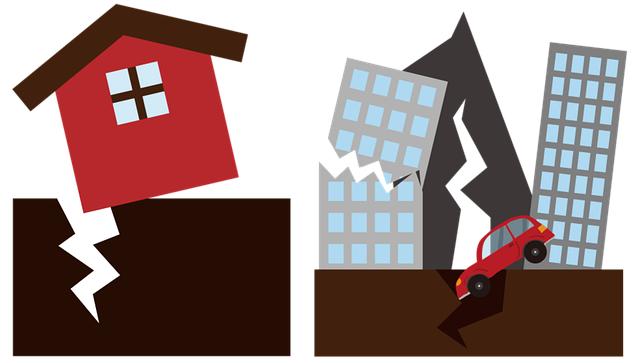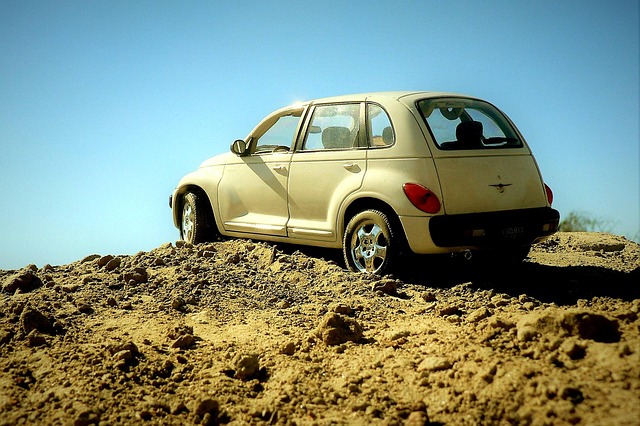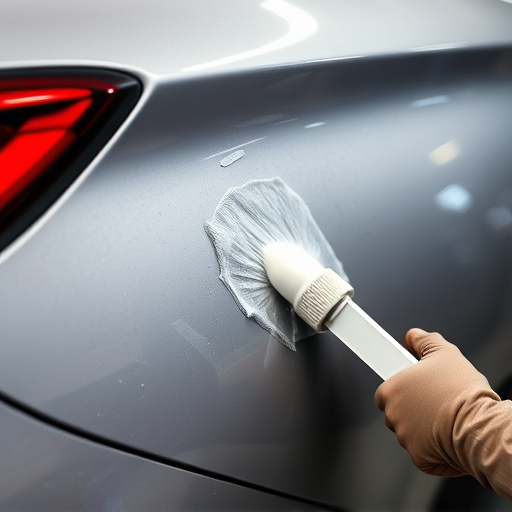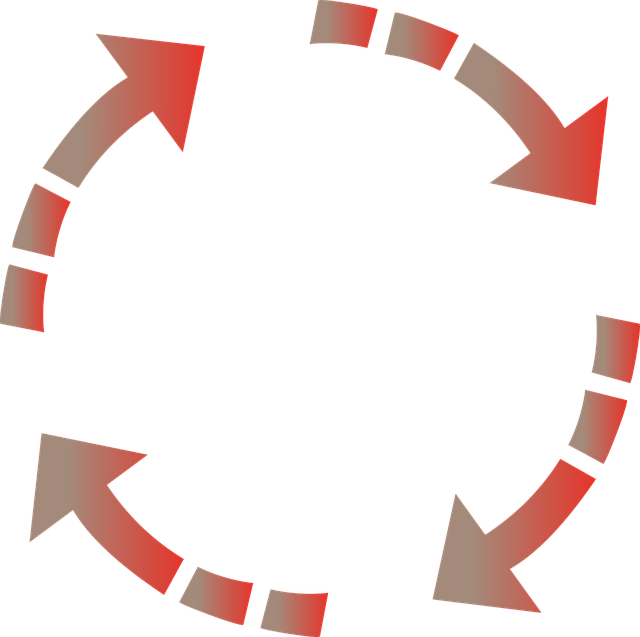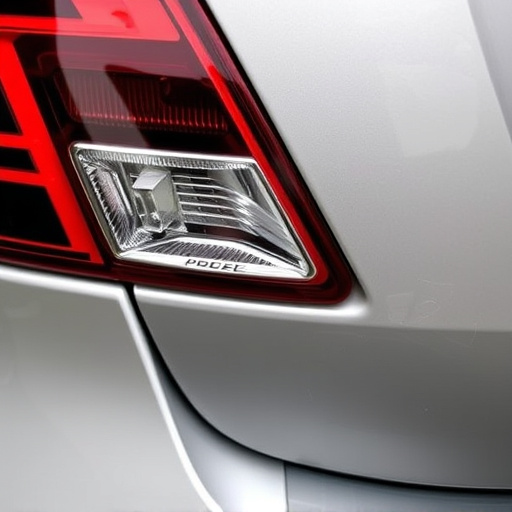Tesla owners often encounter rear hatch misalignment issues due to wear, accidents, or manufacturing defects, leading to improper closing, gaps, creaking sounds, and reduced performance. Regular maintenance, including checks and adjustments, is crucial for preventing these problems. DIY methods like torque adjustments with a screwdriver or material shrinking with a hairdryer can fix minor misalignments, while more severe cases may require professional technicians and precision alignment tools to restore proper functionality and maintain the car's aesthetics.
Tesla owners often face challenges with their vehicle’s rear hatch alignment. This can lead to issues like difficulty opening or closing, uneven gaps, and potential damage to the car’s body. In this article, we explore common problems plaguing Teslas, backed by professional insights. Learn effective tips for precise alignment and discover simple home remedies for minor misalignments. By understanding these techniques, you’ll maintain your Tesla’s sleek design and ensure seamless functionality of its rear hatch.
- Common Tesla Rear Hatch Alignment Issues Identified
- Professional Tips for Precise Rear Hatch Alignment
- Effective Home Remedies for Minor Alignment Problems
Common Tesla Rear Hatch Alignment Issues Identified
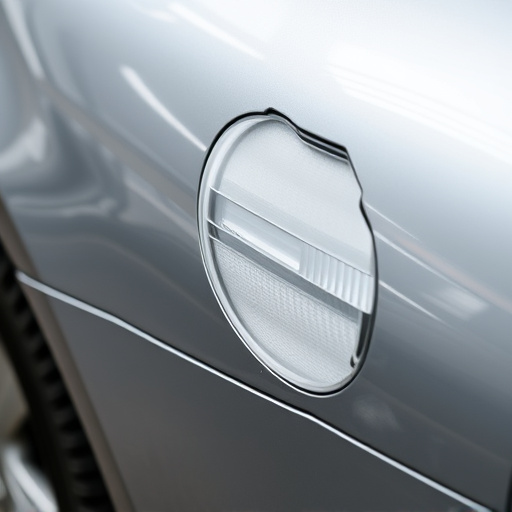
Many Tesla owners often encounter issues with their rear hatch alignment over time. This is not uncommon as the constant opening and closing can take a toll on the mechanical components. Common problems include a misaligned hatch that doesn’t close properly or smoothly, visible gaps between the hatch and the car body, and difficulty in fully lowering the hatch. Some owners might also experience a creaking or clicking sound when operating the rear hatch, indicating potential misalignment or worn-out parts.
These issues can arise from various factors such as damage during a fender bender, normal wear and tear, or improper initial alignment during car restoration or manufacturing. Professional mechanics often attribute these problems to weak or damaged hinges, sensors, or actuators, which are integral to the hatch’s operation and alignment. Regular maintenance and timely automotive repair can help prevent or mitigate these issues, ensuring your Tesla rear hatch functions seamlessly and retains its sleek design.
Professional Tips for Precise Rear Hatch Alignment
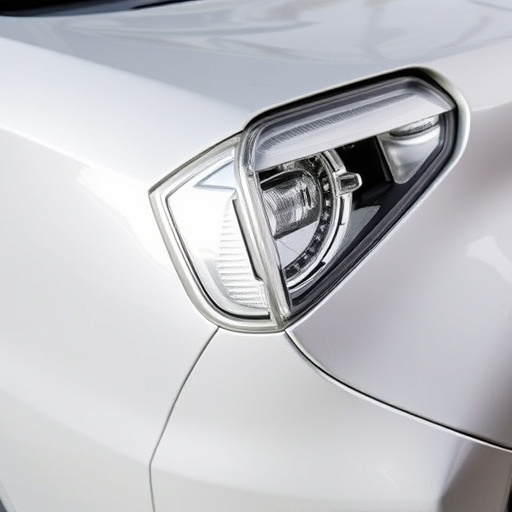
Maintaining precise Tesla rear hatch alignment is crucial for both aesthetics and functionality. According to leading autobody repair experts, a few simple yet effective tips can help achieve this. First, ensure regular maintenance checks to identify any misalignments early on. Using specialized tools, professionals recommend adjusting the hatch’s hinges and latch mechanisms to ensure even spacing and proper alignment. This process often involves tightening or replacing worn-out components, which can be easily done at home with the right DIY kits, saving you a trip to the collision center.
Additionally, when dealing with any damage that affects rear hatch alignment—from minor dents to more severe autobody repairs—it’s essential to consult experienced technicians. They can perform detailed inspections and offer tailored solutions, whether it’s through adjustments or full auto painting services for cosmetic restoration. Remember, a well-aligned Tesla rear hatch not only enhances the vehicle’s appearance but also contributes to better handling and performance over time.
Effective Home Remedies for Minor Alignment Problems
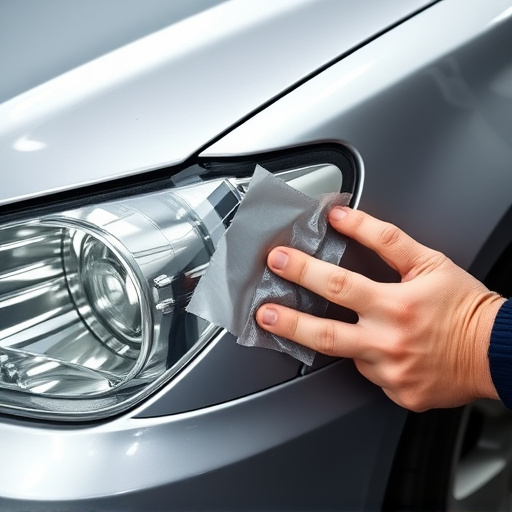
If you’re dealing with minor alignment issues with your Tesla rear hatch, there are several effective home remedies that can help before taking it to a car repair shop. One common solution involves using a flathead screwdriver as a temporary adjustment tool. By carefully applying torque to specific points along the hatch’s edges, you can slightly adjust the panel for better alignment. This method is particularly useful for addressing slight misalignments caused by everyday use or minor impacts.
Another DIY approach is utilizing hairdryer heat and a soft cloth. The heat can help shrink and relax the material, allowing for subtle adjustments to the hatch’s curvature. However, it’s crucial to exercise caution during this process to avoid excessive heat damage to your Tesla’s vehicle bodywork. For more severe cases where car damage repair might be necessary, professionals recommend using specialized tools designed for precision alignment, ensuring minimal scuffs or scratches to your car’s exterior.
When it comes to Tesla rear hatch alignment, understanding common issues and employing either professional tips or effective home remedies can significantly enhance your vehicle’s functionality and aesthetics. By addressing misalignments promptly, you not only ensure smoother opening and closing but also preserve the overall look and value of your Tesla. Remember, proper rear hatch alignment is key to a well-maintained electric vehicle.
